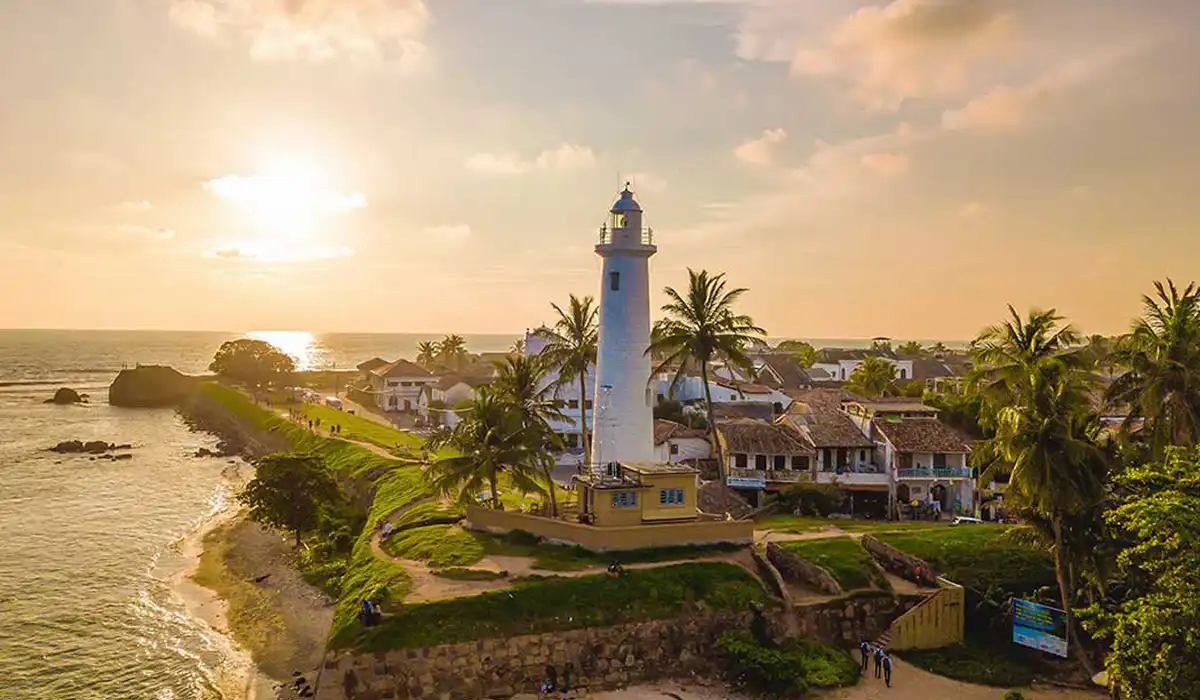Galle Fort located on the southern coast of Sri Lanka, is a treasure trove of history, culture, and natural beauty. Renowned for its colonial architecture and rich heritage, the site draws visitors from around the globe. This UNESCO World Heritage Site offers a fascinating glimpse into Sri Lanka’s vibrant past, coupled with breathtaking coastal vistas.
A Brief History of Galle
Galle’s roots stretch back thousands of years, with mentions in ancient texts and biblical records. Initially a small trading port, Galle gained prominence as a hub for commerce and cultural exchange. In the 16th century, the Portuguese arrived, constructing the first fortification to protect the burgeoning town. The Dutch seized control in 1640, transforming the fort into a sophisticated structure featuring European architectural styles. The British later took over in the 18th century, leaving their mark as well.
Today, Galle Fort stands as a testament to centuries of colonial influence, showcasing an intriguing blend of Portuguese, Dutch, and British architecture. The cobblestone streets, preserved buildings, and charming surroundings invite visitors to step back in time.
Key Attractions in Galle Fort
- Galle Lighthouse: One of the most photographed landmarks in Galle, the lighthouse overlooks the turquoise waters of the Indian Ocean, offering panoramic views.
- Dutch Reformed Church: Built in 1755, this iconic church reflects Dutch colonial design and contains historical artifacts such as ancient tombstones.
- National Maritime Museum: Housed within the fort, this museum provides insights into Sri Lanka’s maritime history and the town’s importance as a trading hub.
- Old Dutch Hospital: A beautifully restored colonial building that now serves as a shopping and dining complex.
- Clock Tower: A prominent landmark built by the British, offering a glimpse into Galle’s colonial era.
Galle’s Natural Beauty and Cultural Charm
Beyond the historic fortifications, Galle is surrounded by stunning natural landscapes. The pristine beaches, lined with swaying palms, offer opportunities for relaxation, swimming, and water sports. Notable beaches near Galle include Unawatuna and Jungle Beach, both celebrated for their crystal-clear waters.
For nature enthusiasts, the nearby rainforests, such as the Hiyare Rainforest, host diverse wildlife, including rare bird species and exotic flora. The coastline is famous for its traditional stilt fishing, a practice that has been passed down through generations.
Why Visit Galle?
Galle offers a unique blend of history, culture, and adventure. Visitors can:
- Explore cobblestone streets and learn about the region’s colonial past.
- Indulge in local cuisine, which blends Sri Lankan spices with Dutch and Portuguese influences.
- Engage with the vibrant local community by attending traditional festivals and markets.
- Relax on picturesque beaches or take part in thrilling activities like snorkeling and diving.
Practical Information for Visitors
- Best Time to Visit: December to March, during the dry season.
- Getting There: Galle is easily accessible via the Southern Expressway or by train from Colombo. Tuk-tuks and buses are popular for local travel.
- Accommodation: Options range from luxury hotels to cozy guesthouses within the fort area.
FAQs About Galle Fort
1. Why is Galle Fort a UNESCO World Heritage Site?
Galle Fort is recognized for its exceptional blend of European architectural styles and South Asian traditions, showcasing centuries of cultural and historical significance.
2. What are the must-see landmarks in Galle Fort?
Key attractions include the Galle Lighthouse, Dutch Reformed Church, Maritime Museum, and the Clock Tower.
3. Is Galle suitable for family vacations?
Yes! Galle offers activities for all age groups, including historical tours, beach outings, and nature walks. contact
4. How much time should I allocate to visit Galle?
A day is enough to explore the fort, but staying overnight allows you to experience the charm of Galle at a leisurely pace.
5. Are there guided tours available?
Yes, many local operators offer guided tours to help visitors uncover the history and hidden gems of Galle.

